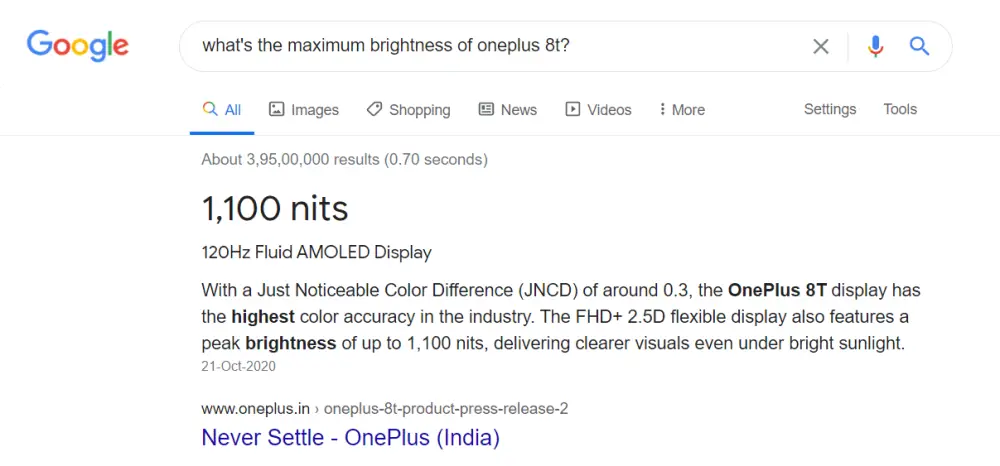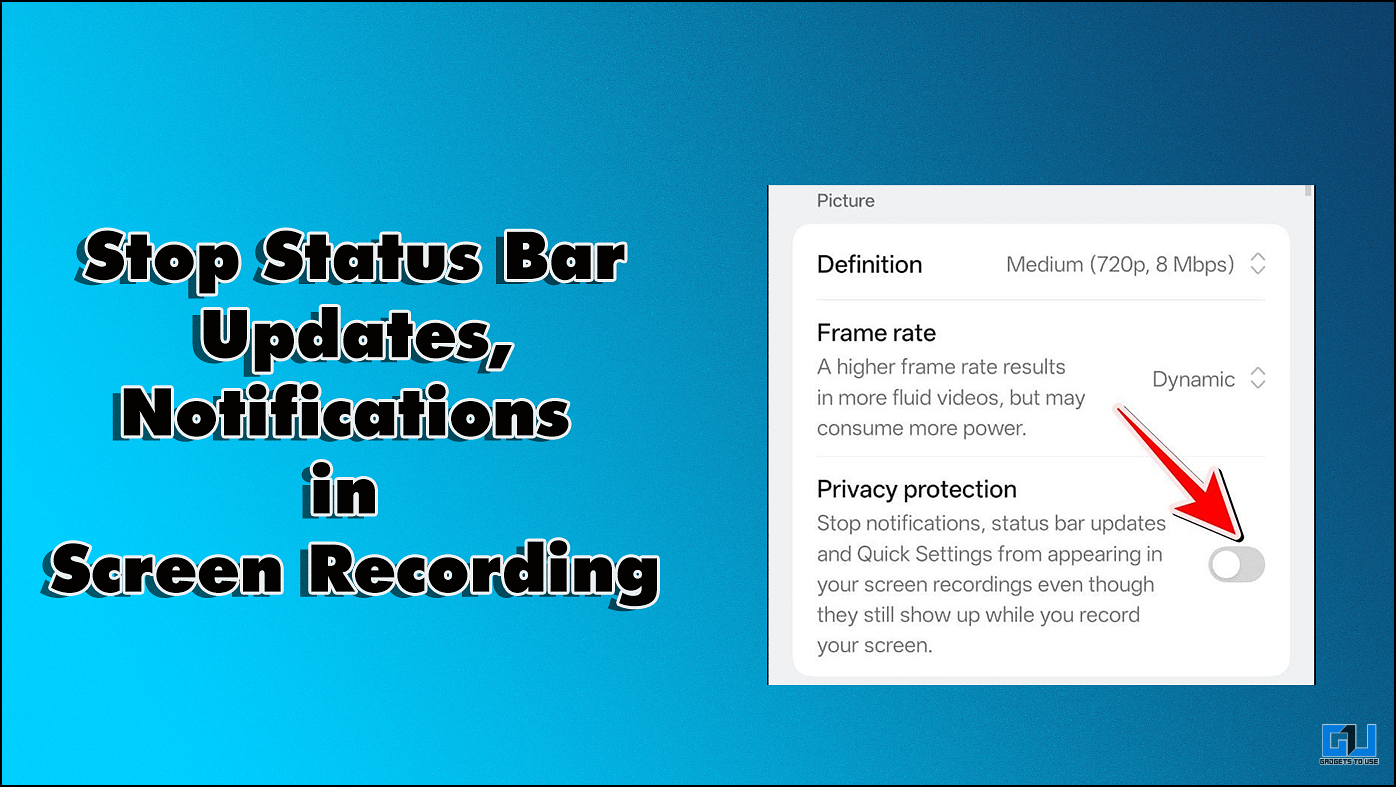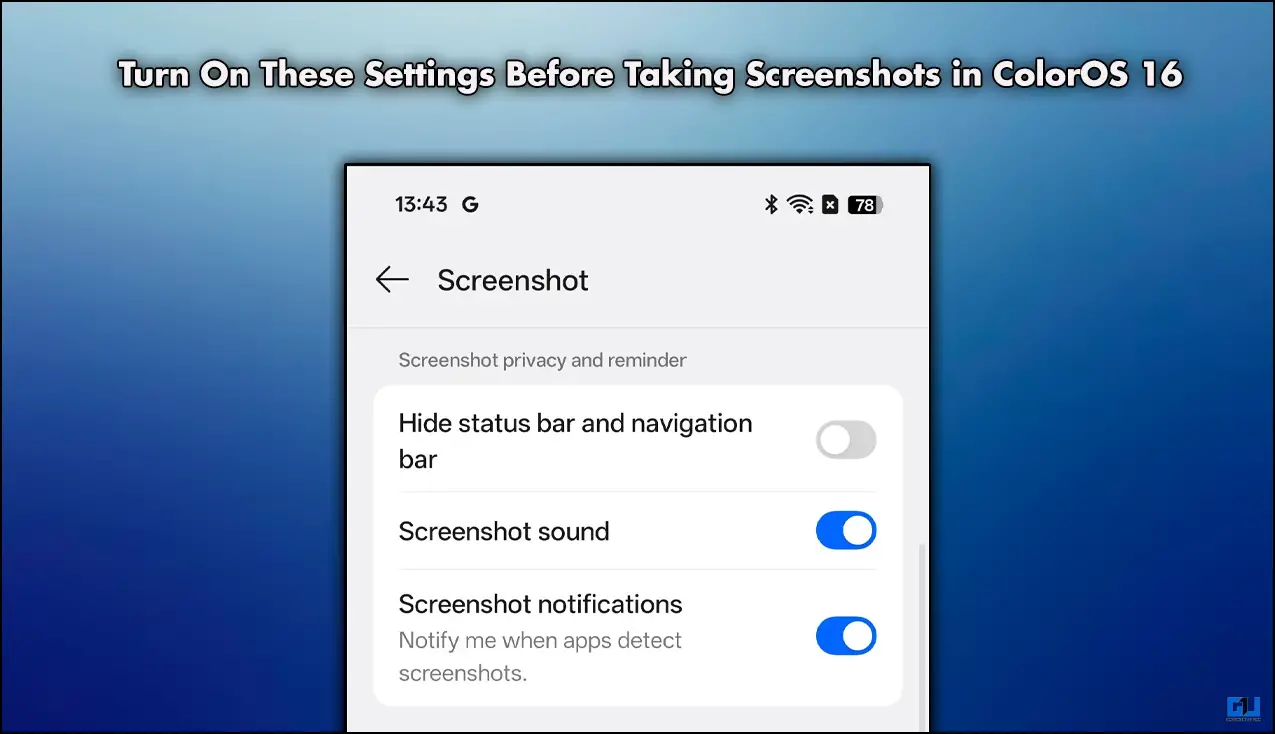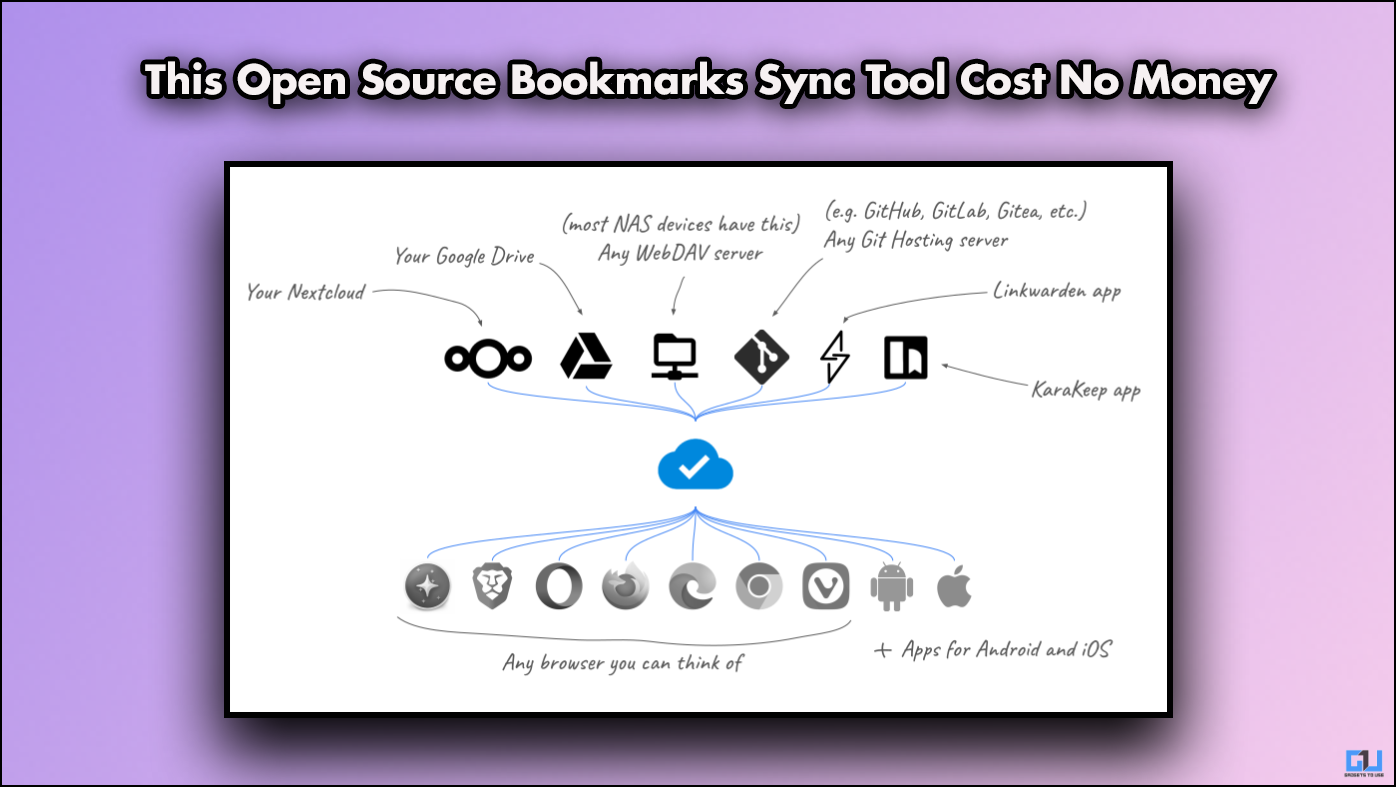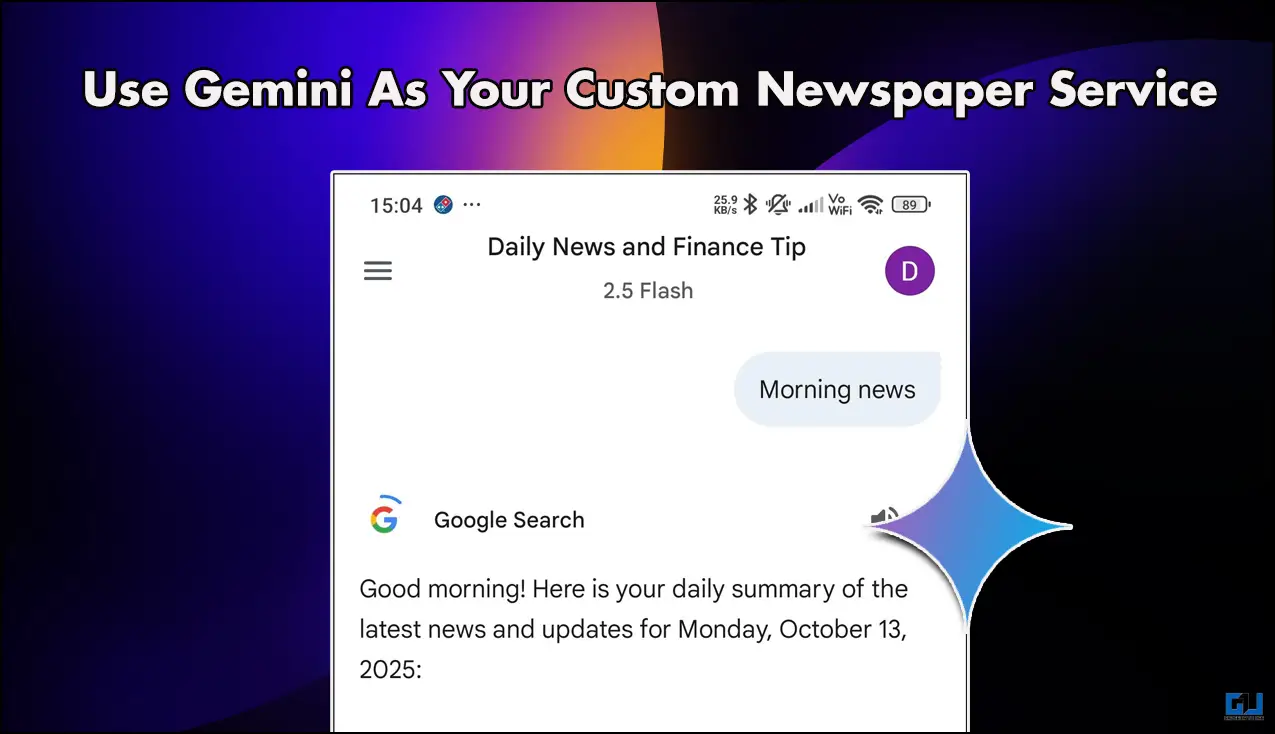Quick Answer
- Open the app on it and keep your phone’s display over the other phone’s sensor to get an estimated measurement of the brightness in lux.
- A digital lux meter is a device used to measure the intensity of a source of light.
- If you manually set a screen’s brightness to 200 nits and put the lux meter right over it, you’ll get a reading of ~200 lux.
Although people don’t pay much attention to it, the screen brightness is one of the major aspects to look upon while judging a phone’s display. It directly affects the image quality as well as the screen viewability and readability outdoors. Now, you might get confused about how one can check the phone’s brightness level. Well, do not worry. Here are three quick ways to measure any Android phone’s screen brightness.
Also, read | 3 Ways To Fix Phone Screen Too Dark To Read on Android
Measure Any Android Phone’s Screen Brightness
The screen brightness is usually measured in Lux or Nits. Both of them are measurements for illuminance or light intensity— a higher nit or lux rating means a brighter display.
Displays for mobile devices are usually measured in nits and are around 300 nits on average, especially for budget phones. A rating over 400 nits makes up for decent sunlight legibility, while anything around 600 nits or above is considered good. In fact, we have several phones in the market boasting over 1000 nits of peak screen brightness.
High brightness is very useful while using the phone outdoors under the sun. Plus, it also helps with HDR content if the screen supports it. Below are three common ways using which you can measure your Android phone’s brightness.
1. Using Digital Lux Meter
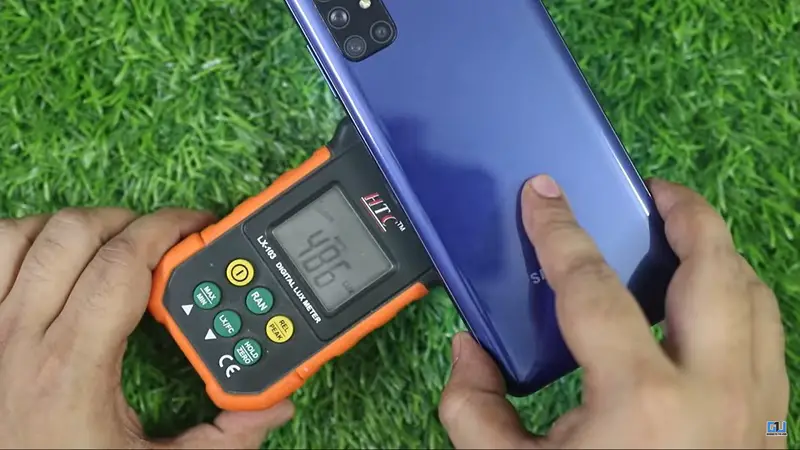 A digital lux meter is a device used to measure the intensity of a source of light. You can use it to measure your Android smartphone’s screen brightness, that too, in a matter of few seconds.
A digital lux meter is a device used to measure the intensity of a source of light. You can use it to measure your Android smartphone’s screen brightness, that too, in a matter of few seconds.
We usually use the lux meter to check the peak display brightness of phones we review, and it gives quite accurate real-world results. They’re usually available for around Rs. 1,000- 2,000 on Amazon.
2. Via Google Search
Manufacturers usually mention the phone’s maximum brightness in their specification sheet, blog posts, or press releases. So, check the company’s official website to see if you find any related information.
You can also check the reviews and display tests done by various reviewers and publications to determine your Android device’s actual brightness. All you need to do is a simple search on Google or YouTube.
3. Using Lux Meter Apps (Needs Two Phones)
Most modern smartphones have a built-in light sensor, usually located near the earpiece. It is used to adjust screen brightness based on surrounding light levels automatically. However, it can also be used to get an estimate of your phone’s display light.
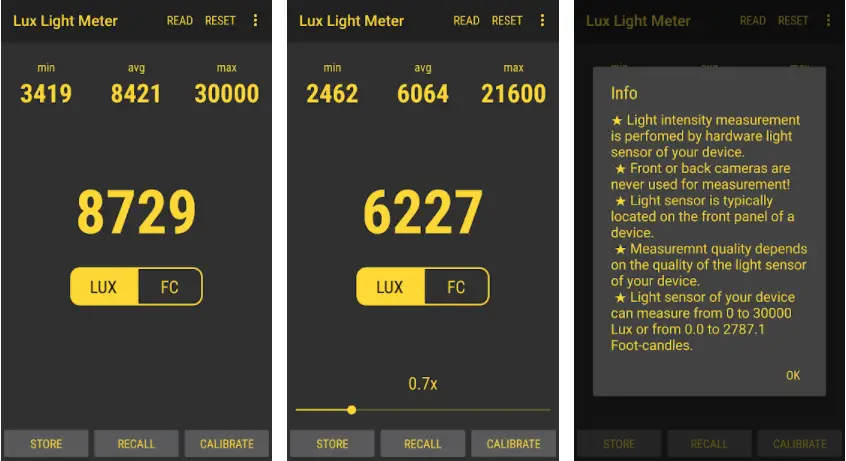 Several third-party apps like Lux Light Meter let you use the phone’s light sensor to measure the brightness. So, a phone which has a built-in light sensor. Open the app on it and keep your phone’s display over the other phone’s sensor to get an estimated measurement of the brightness in lux.
Several third-party apps like Lux Light Meter let you use the phone’s light sensor to measure the brightness. So, a phone which has a built-in light sensor. Open the app on it and keep your phone’s display over the other phone’s sensor to get an estimated measurement of the brightness in lux.
Note that serious measurement of illuminance is only possible with professional hardware like the digital lux meter. The sensor on the phone is usually not that accurate.
Lux vs. Nits- The Confusion
Nit is a measurement of how bright a light source is, i.e., the light emitted by your phone’s display. Lux measures how much light is received from the object, i.e., the light’s intensity actually received from the screen.
If you manually set a screen’s brightness to 200 nits and put the lux meter right over it, you’ll get a reading of ~200 lux. However, if you move the meter farther away, the light would scatter over a larger area and hit the sensor with lesser intensity, giving a slightly lower lux rating.
So, you shouldn’t get confused between lux and nits. However, do keep in mind that the lux meter can give a marginally lower reading than what the screen is rated at.
Wrapping Up- What’s your Phone’s Screen Brightness?
These were three quick ways to measure any Android phone’s screen brightness in Nits or Lux. You can use either of the methods based on your convenience. However, if you need accurate real-world results, we’ll suggest using the digital lux meter device. Anyway, what’s your phone’s maximum brightness? Are you happy with its sunlight visibility? Do let me know in the comments below.
Also, read- How to Automatically Adjust Brightness Level for Different Apps
You can also follow us for instant tech news at Google News or for tips and tricks, smartphones & gadgets reviews, join GadgetsToUse Telegram Group or for the latest review videos subscribe GadgetsToUse Youtube Channel.
